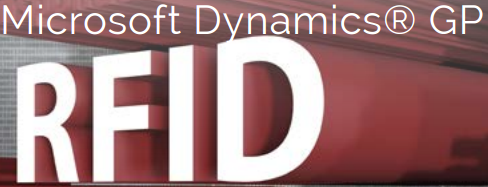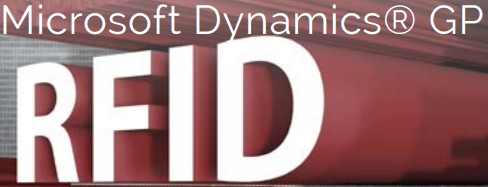 This is the fourth in a series of guest blog posts from our friends at Panatrack and the second contributed by Michael Burnham. We have been offering our Dynamics GP integrated shipping software, StarShip with Panatrack WMS for years. The combined PanatrackerGP and StarShip solutions bring together industry leaders to offer a complete warehouse management solution for Microsoft Dynamics GP customers. Michael provides further insight into the barcoding side of the equation in his guest post below:
This is the fourth in a series of guest blog posts from our friends at Panatrack and the second contributed by Michael Burnham. We have been offering our Dynamics GP integrated shipping software, StarShip with Panatrack WMS for years. The combined PanatrackerGP and StarShip solutions bring together industry leaders to offer a complete warehouse management solution for Microsoft Dynamics GP customers. Michael provides further insight into the barcoding side of the equation in his guest post below:
RFID Primer
First off, there are two essential types of RFID—active and passive. Passive RFID works much the way your old crystal radio set did, by harnessing electromagnetic energy in the atmosphere to generate a small electrical charge. These passive RFID tags consist of a chip and an antennae, and must be positioned just right to receive energy from a scanner and be recognized. Active RFID tags are battery-powered and a lot more expensive. They will send an intermittent signal to a receiver that will determine their position. Active RFID may be useful in a facility setting where you need to monitor the location of expensive, mobile equipment assets.
There are certainly cases where having individual items tagged with RFID will be useful. We are not the first people to realize that the cost of tagging individual items for either active or passive RFID must be justified by a high-value item. But getting item-level tagging to work the way you would like is the challenge. The location of those tags for instance must be based on the physics of what is being tagged and how easy it is to read those tags.
Literal Barriers to Adoption
Apart from cost of tags and hardware, which are substantially higher than the cost of barcoding, there are literal barriers to adoption for RFID. Metal interferes with the RFID signal. Liquid absorbs the signal. So RFID will not work consistently across all products or items.
There are also barriers in terms of practicality in a warehouse environment. When you have multiple items in a container for instance, you can’t guarantee you have read each item through RFID scanning. So you have to create choke points and ensure each item has gone through these choke points. At a choke point, an electronic eye can detect whether each item has been read.
Hoisted by its Own Petard
One advantage of RFID is that it allows a large number of items to be scanned at once. That might or might not work consistently. Unlike barcodes, you can in theory read contents of a container without unpacking it. But that is very much dependent on the physics of the product, the packaging and the facility.
 Panatrack President Michael Burnham founded the company in 1996. He had previously held technology leadership positions with Pillsbury/Green Giant, Burnham is Past President of eInnovate, an organization for technology professionals in Southeastern Wisconsin focusing on economic and technology development, co-founded the Information Technology Association of Wisconsin and is former Co-Chair of University of Wisconsin E-Business Consortium’s RFID Workgroup. He holds a degree in electrical engineering from the University of Minnesota.
Panatrack President Michael Burnham founded the company in 1996. He had previously held technology leadership positions with Pillsbury/Green Giant, Burnham is Past President of eInnovate, an organization for technology professionals in Southeastern Wisconsin focusing on economic and technology development, co-founded the Information Technology Association of Wisconsin and is former Co-Chair of University of Wisconsin E-Business Consortium’s RFID Workgroup. He holds a degree in electrical engineering from the University of Minnesota.
Also see our page below for more information:
https://www.vtechnologies.com/shipping-software-dynamics-gp/


